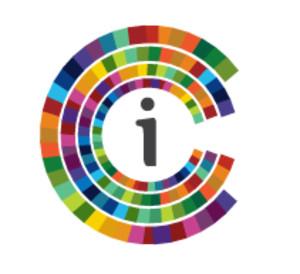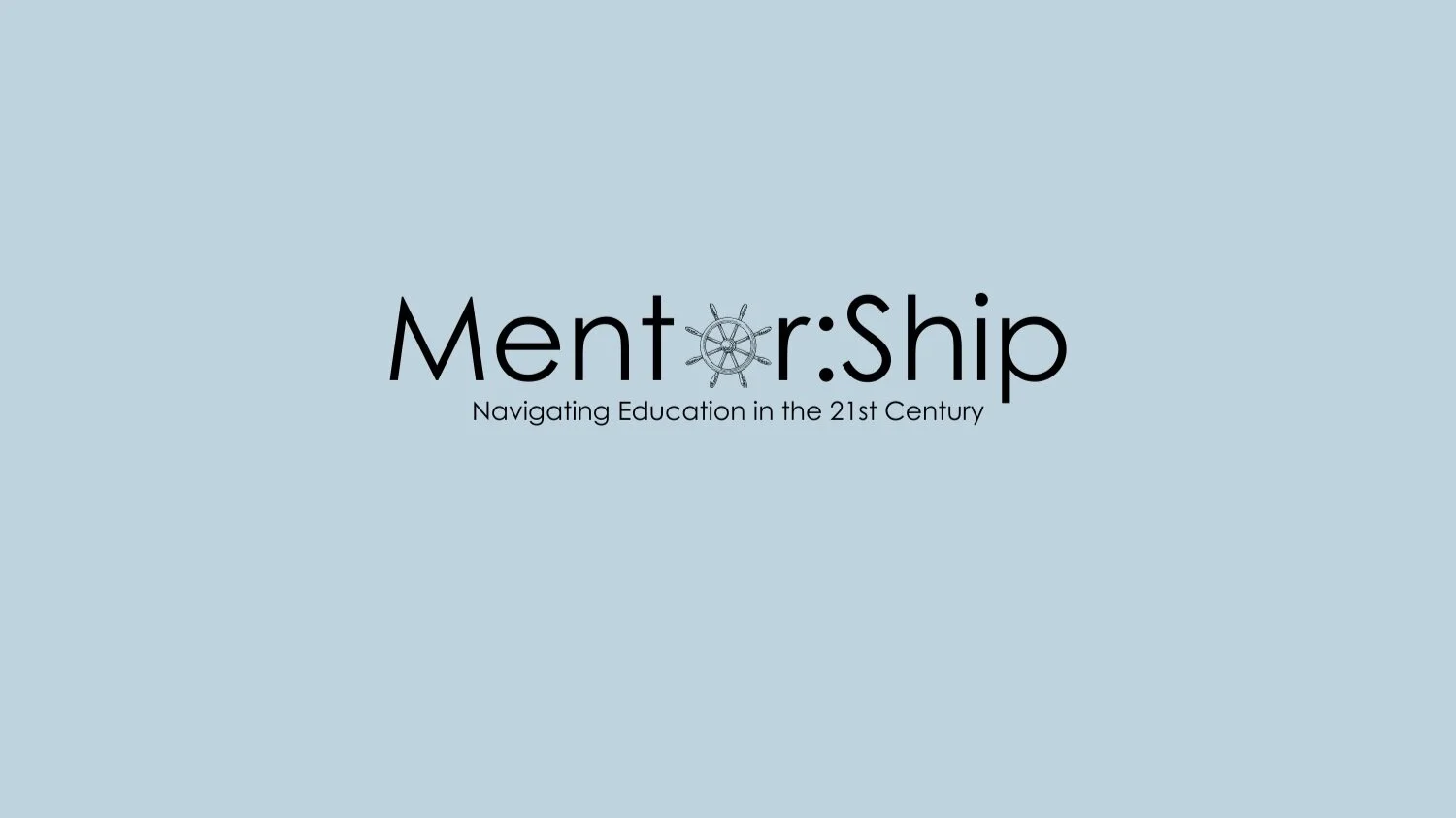What is a scenario?
A scenario sets the stage for learning to occur. It establishes a ‘hook’ that draws the Learner in and helps the Learner relate the content to their own world and authentic work being done. It makes the content more relevant. All of us relate to and remember stories better than dry facts and disjointed content.
Why are scenarios important to introduce new learning?
Scenario-based learning is a very effective approach to engaging Learners because it gives them control over their decisions during the learning process. Scenarios enable Learners to tap their already-established skills and apply them in real-life circumstances.
Learners are motivated when the skills they possess give them opportunities to improve. They will always appreciate real-life situations where their skills are put to the test. Scenario-based learning simulates real-world situations and allows Learners not only to make one decision or another but to also take responsibility for what they’ve decided. What’s more, they can always get back on the right track in case they go for a less successful option.
Why add scenarios to an inquiry-based learning model?
Because most students do not have deep background knowledge about the content they are going to learn, they probably do not know what questions to ask. To pique their curiosity and get them thinking about topics, a scenario that is relatable AND open-ended gives them a place to start.
Also, there is NO RIGHT ANSWER in scenario-driven inquiry-based learning. Students will work through thinking processes and propose solutions that they must support with evidence. Students must tussle with big ideas and processes--how they are thinking is more important than what they are thinking.
Designing a good, engaging scenario to start an inquiry-based project is not easy but taking time to think through the learning process that you want Learners to engage in, the projects they might do, and the learning outcomes will successfully set the stage for sticky learning.
How does Inspired Classroom's MentorIC software make scenario building easier?
Scenario creation in an embedded feature in the MentorIC software platform. The platform includes guides and templates like these to assist our Mentor partners in developing the best learning experiences with their amazing content.



